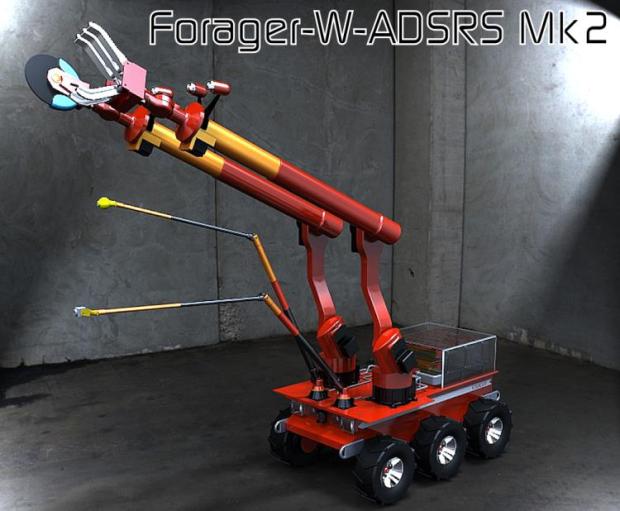Omni-Chassis Robotics – a Paradigm Shift

c-Link Systems CEO Bill Lovell notes: “We do not consider having a whole factory with the same robot model; we then differentiate its job by the end-effector and the software to control it. This paper will look more at the basic hardware than the complex software used to create a full functioning robot. Since the omni-robotics term is not really used in the robotic arm industry I began using it for a new type of robot.
“The concept of an omni-chassis, autonomous or otherwise, is to allow companies, agencies and individuals the ability to take advantage of a robot with multifunction ability at a lower cost. A single chassis can handle multiple jobs where as the alternative is multiple robots, each built for a specific job at a higher cost.” Read Lovell’s paper here.
Lovell currently holds bachelor of science degrees in electronic, mechanical and industrial engineering obtained through the Air Force education system, and has been developing robotics systems for over 35 years. He has more than 30 years in embedded/FPGA Industrial controls development, and 15 years in high speed fiber optic controls and communication. He worked in fiber optic control systems integration of Alcoa’s #3 rolling mill in Davenport, IA. This included the development of G.E. FANUC Series 9070 and G.E. Drive System 3800 integration hardware. Lovell was also a proponent and developer of Intel’s MultiBus II and MIX bus structures. He also has over 8 years teaching and course creation military/civilian in electronics and robotics. For further detail on his expansive IT background, see http://www.c-linksystems.com/company.html.
Photo: Shown is an earlier version of a Disaster SaR. To date this is the most complex Forager payload ever designed. It covers 100% of the chassis with 50% being additional batteries. The other 50% contains two 6-axis arms working together on moving debris. The end-effectors can be change on-the-fly by the control system from a tool rack, thus allowing for holding and cutting simultaneously. Coupled with the arms are a pair of extendable boom arms, one has a color camera and the other a forward looking infrared sensor [FliR]. The FliR allows the robot to see hot spots and evaluate the potential for human life. Photo courtesy of c-Link Systems.
